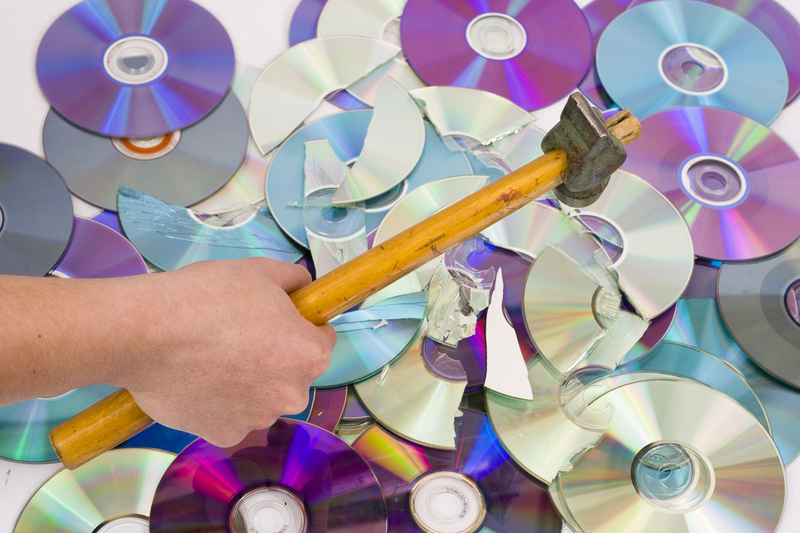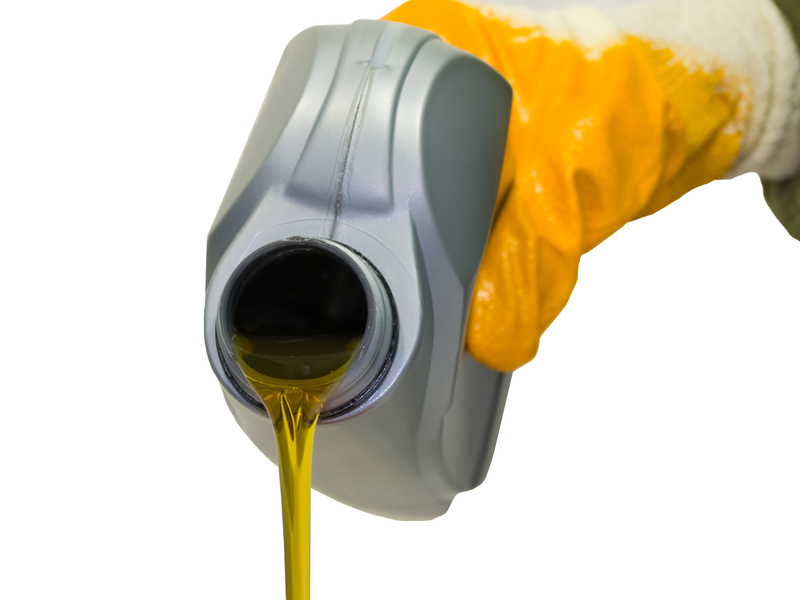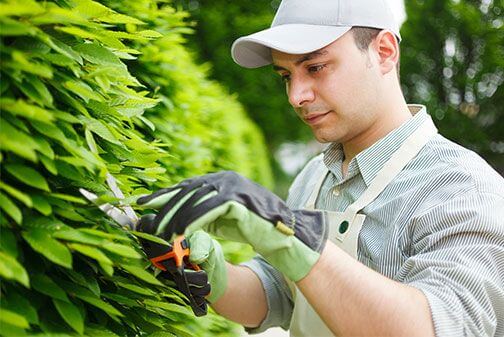Environmental Gains from Polystyrene Recycling
Posted on 17/10/2025
Environmental Gains from Polystyrene Recycling
Polystyrene is a type of plastic that has become ubiquitous in modern life. From coffee cups to packaging materials, this versatile material is used for a variety of applications due to its lightweight, insulating, and cushioning properties. However, its widespread use brings a significant environmental impact, which has led to increasing efforts towards recycling. This article delves into the environmental gains from polystyrene recycling, exploring the benefits and the challenges associated with the process.
The Problem with Polystyrene Waste
Polystyrene waste is a significant environmental issue. It is non-biodegradable and can take hundreds of years to decompose, causing long-term litter problems. When improperly discarded, polystyrene often ends up in landfills and can contribute to the contamination of natural habitats and oceans. Wildlife can ingest small fragments of polystyrene, mistaking it for food, which can lead to digestive issues, poisoning, and even death.
Moreover, the production of polystyrene is resource-intensive, requiring fossil fuels and emitting greenhouse gases. Reducing polystyrene waste and recycling existing polystyrene products can alleviate some of these environmental concerns.

Benefits of Polystyrene Recycling
1. Reduction in Landfill Waste
One of the immediate benefits of polystyrene recycling is the reduction in landfill waste. Recycling facilities can process polystyrene products, converting them into new materials and thereby decreasing the volume of waste that accumulates in landfills. This reduction helps to conserve landfill space and limits the environmental damage caused by landfills.
2. Conservation of Resources
Polystyrene recycling helps in conserving natural resources. By recycling existing polystyrene materials, the dependency on virgin raw materials such as petroleum is reduced. This conservation not only helps in saving non-renewable resources but also minimizes the energy consumption associated with extracting and processing these materials.
3. Lower Greenhouse Gas Emissions
The recycling of polystyrene can result in a decrease in greenhouse gas emissions. The production of new polystyrene from raw materials involves significant energy usage and the release of carbon dioxide and other greenhouse gases. Recycling, on the other hand, uses less energy, resulting in lower emissions. Thus, increasing recycling rates can directly contribute to climate change mitigation.
The Recycling Process
The recycling process for polystyrene involves several stages, including collection, cleaning, grinding, and reprocessing. Let's look at each stage in more detail:
1. Collection
The first step is the collection of polystyrene waste. This can come from various sources, including residential, commercial, and industrial waste streams. Collection programs can be organized by municipalities, private companies, or recycling centers.
2. Cleaning
Once collected, polystyrene waste needs to be cleaned to remove any contaminants. Contaminants, including food residues, oils, and other substances, can hinder the recycling process and degrade the quality of the recycled materials.
3. Grinding
After cleaning, the polystyrene is ground into small pellets or beads. This grinding process makes it easier to handle and process during the subsequent recycling stages.
4. Reprocessing
The ground polystyrene is then heated and reprocessed into new products. Various methods can be used, including extrusion, where polystyrene is melted and reformed into new shapes, or chemical recycling, where it is broken down into its original monomers for the production of new polystyrene.
Challenges in Polystyrene Recycling
Despite its benefits, polystyrene recycling faces several challenges that need to be addressed:
1. Collection and Transportation
Polystyrene is often lightweight and bulky, making it challenging to collect and transport efficiently. This inefficiency can raise the costs associated with recycling programs, deterring municipalities and businesses from participating.
2. Contamination
Food contamination is a significant issue in polystyrene recycling. Products such as food containers and cups are often contaminated with residues, which can complicate the cleaning process and reduce the quality of the recycled materials. Effective systems for cleaning and processing contaminated polystyrene are crucial for improving recycling rates.
3. Economic Viability
For polystyrene recycling to be sustainable, it needs to be economically viable. The costs associated with collection, transportation, cleaning, and reprocessing can sometimes outweigh the financial benefits of selling recycled materials. Developing more cost-effective and efficient recycling technologies is essential for widespread adoption.

Innovations and Future Directions
Advancements in technology and innovative approaches are paving the way for improved polystyrene recycling processes:
1. Advanced Sorting Technologies
New sorting technologies are being developed to enhance the efficiency of separating polystyrene from other waste materials. Optical sorting, for example, utilizes advanced sensors and algorithms to accurately identify and segregate polystyrene for recycling.
2. Chemical Recycling
Chemical recycling offers a promising approach to dealing with contaminated or low-quality polystyrene waste. This process breaks down polystyrene into its chemical components, which can then be used to manufacture new polystyrene. Chemical recycling has the potential to significantly increase recycling rates and improve the quality of recycled products.
3. Circular Economy Models
Embracing circular economy principles can encourage the development of closed-loop systems where polystyrene is continuously recycled and reused. By designing products for recyclability and implementing take-back programs, manufacturers can help ensure that polystyrene waste is diverted from landfills and reintroduced into the production cycle.
Conclusion
Polystyrene recycling presents a promising opportunity to mitigate the environmental impact of polystyrene waste. By reducing landfill waste, conserving resources, and lowering greenhouse gas emissions, recycling can play a crucial role in promoting environmental sustainability. While challenges such as contamination and economic viability need to be addressed, innovations in technology and circular economy models offer hope for a more sustainable future.
As consumers, businesses, and policymakers work together to support and improve polystyrene recycling programs, the environmental gains can be substantial. Increased awareness, investment in recycling infrastructure, and advancements in technology will be key to unlocking the full potential of polystyrene recycling and creating a cleaner, more sustainable environment for future generations.










